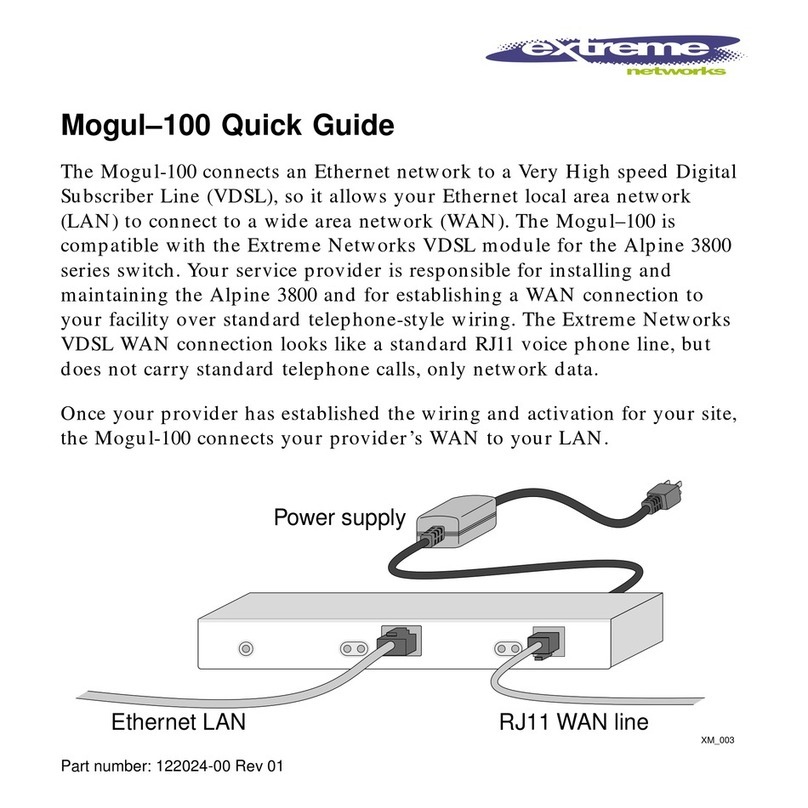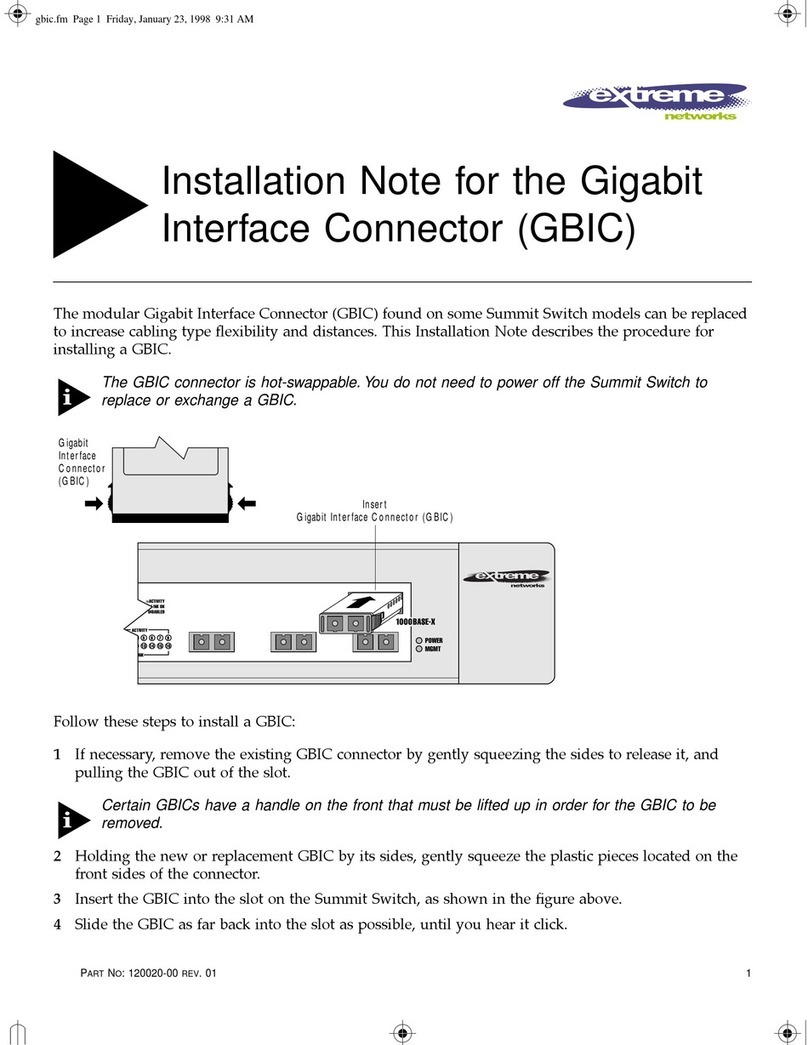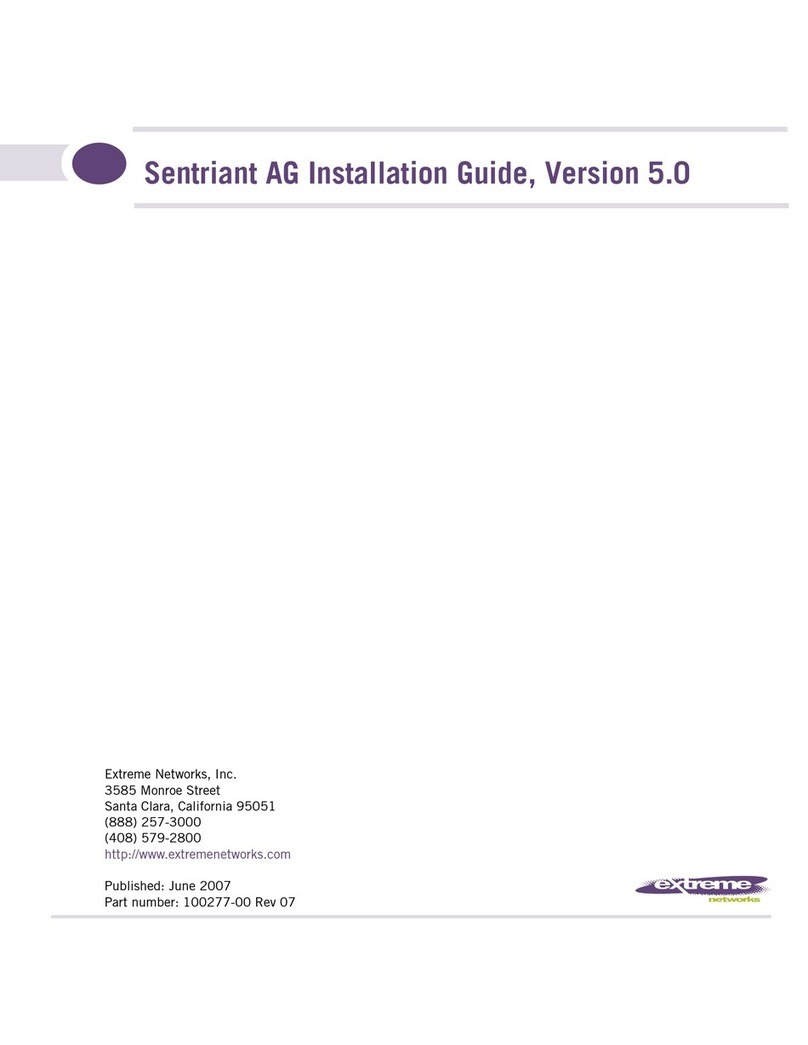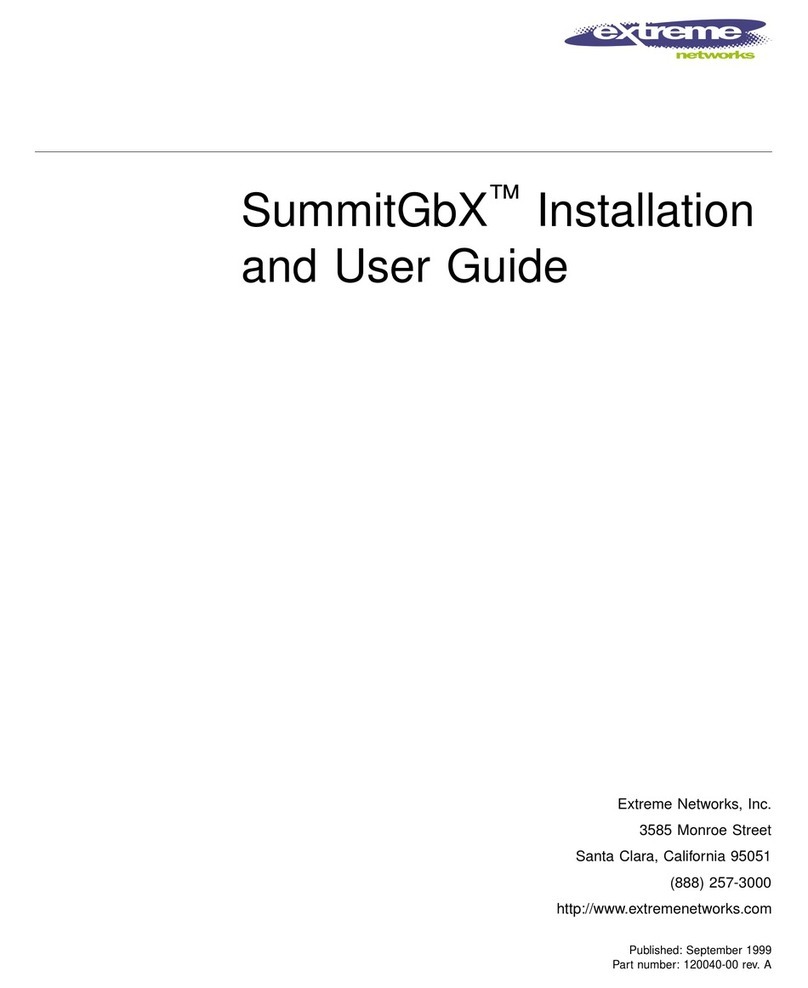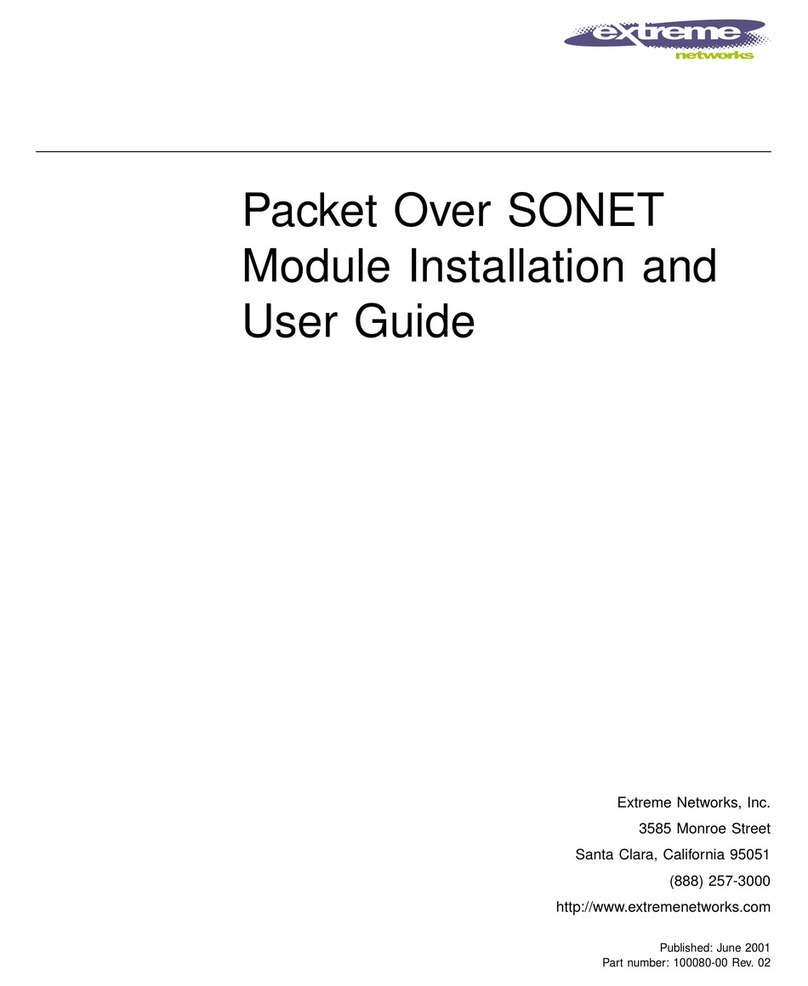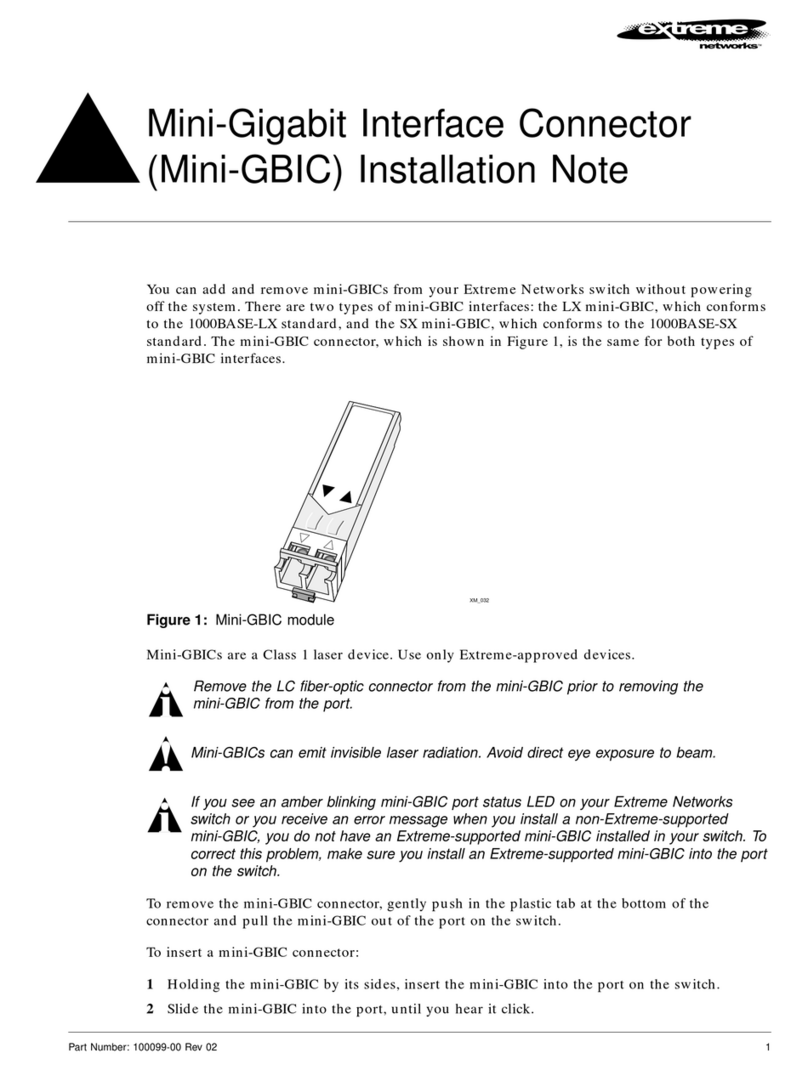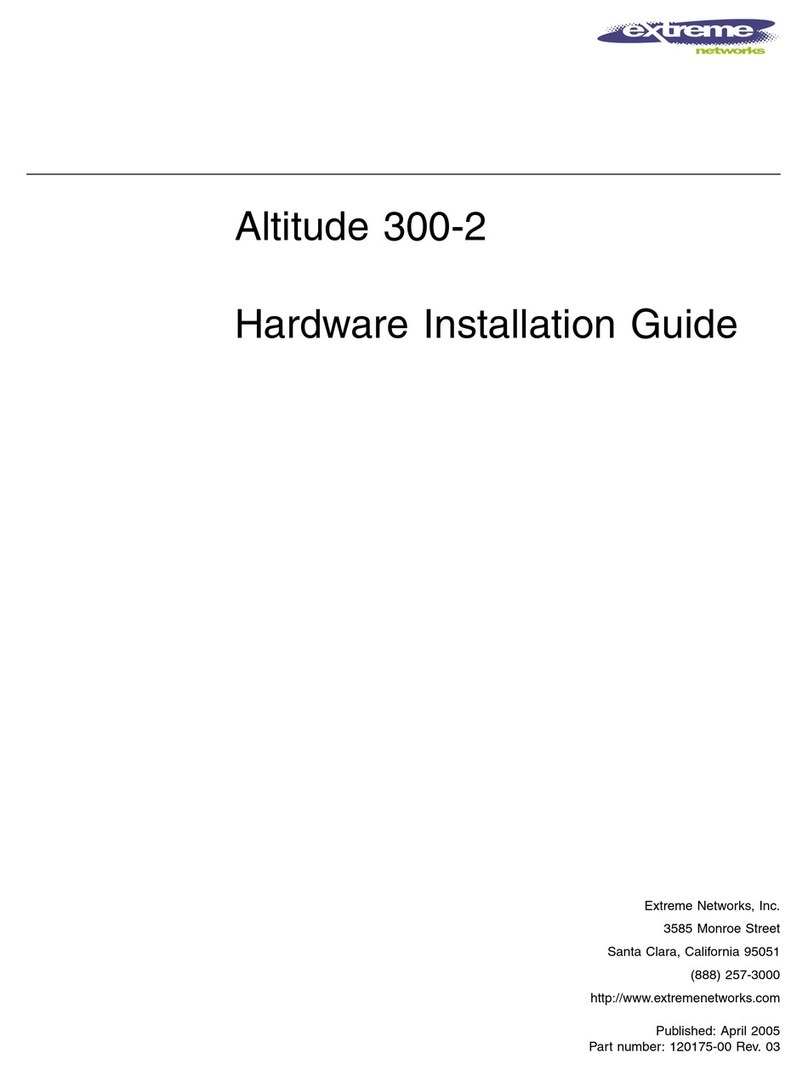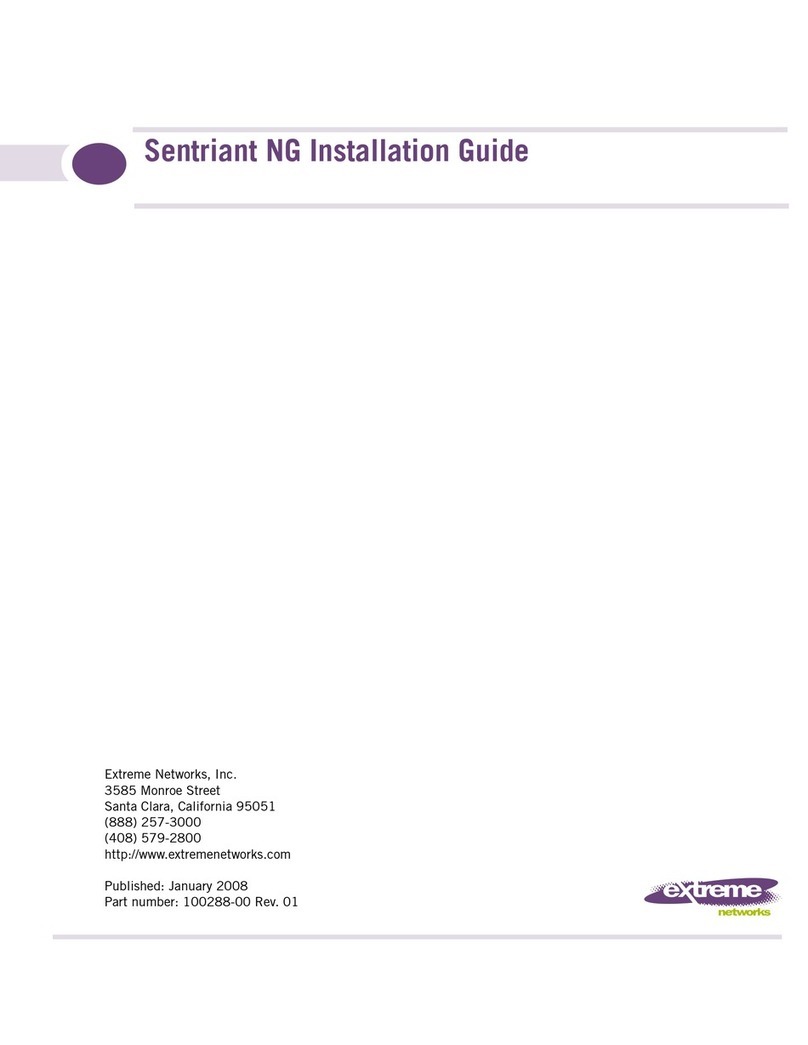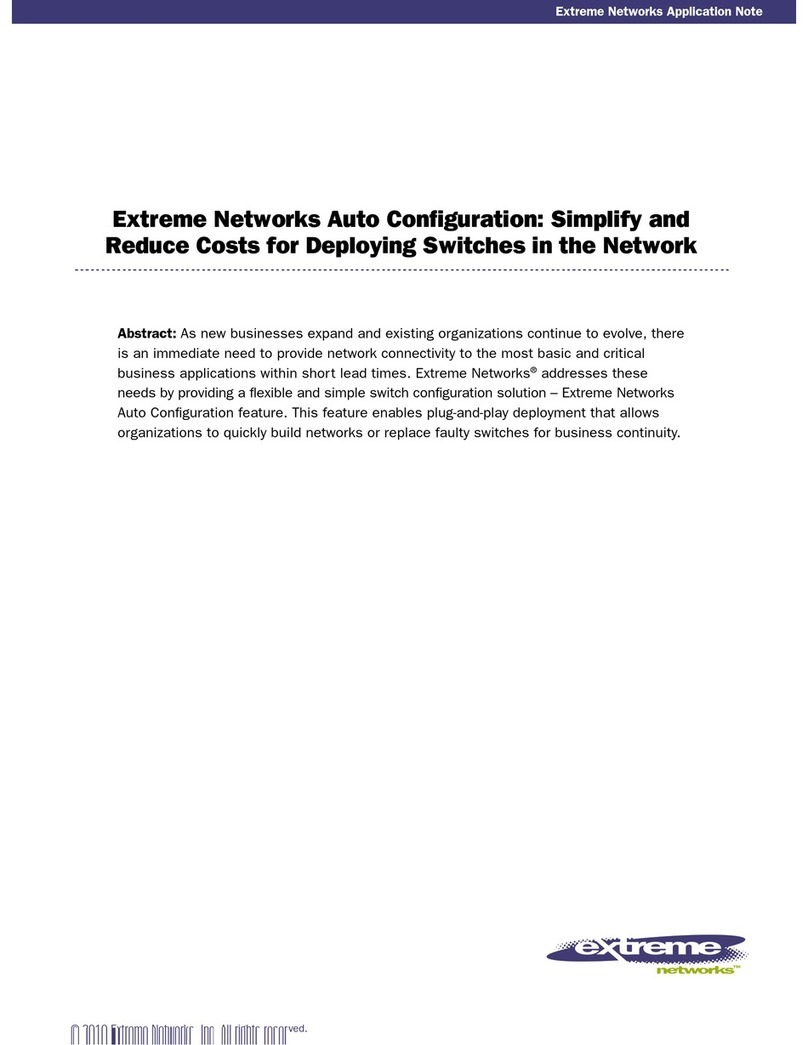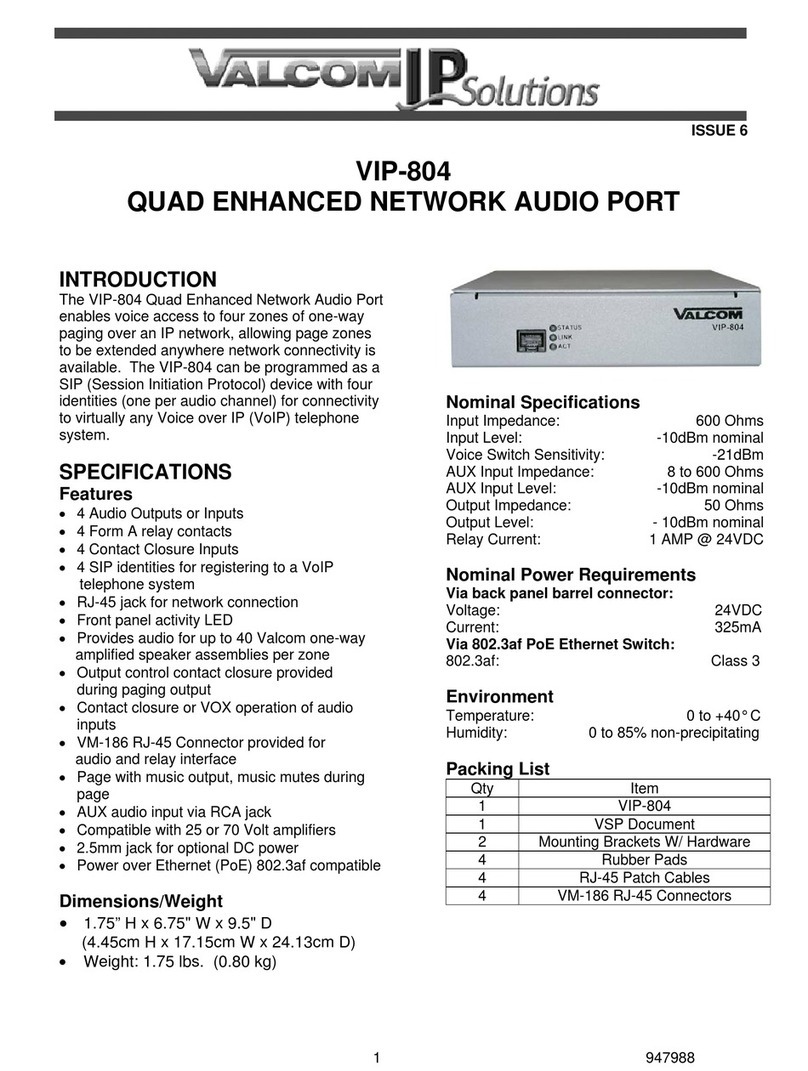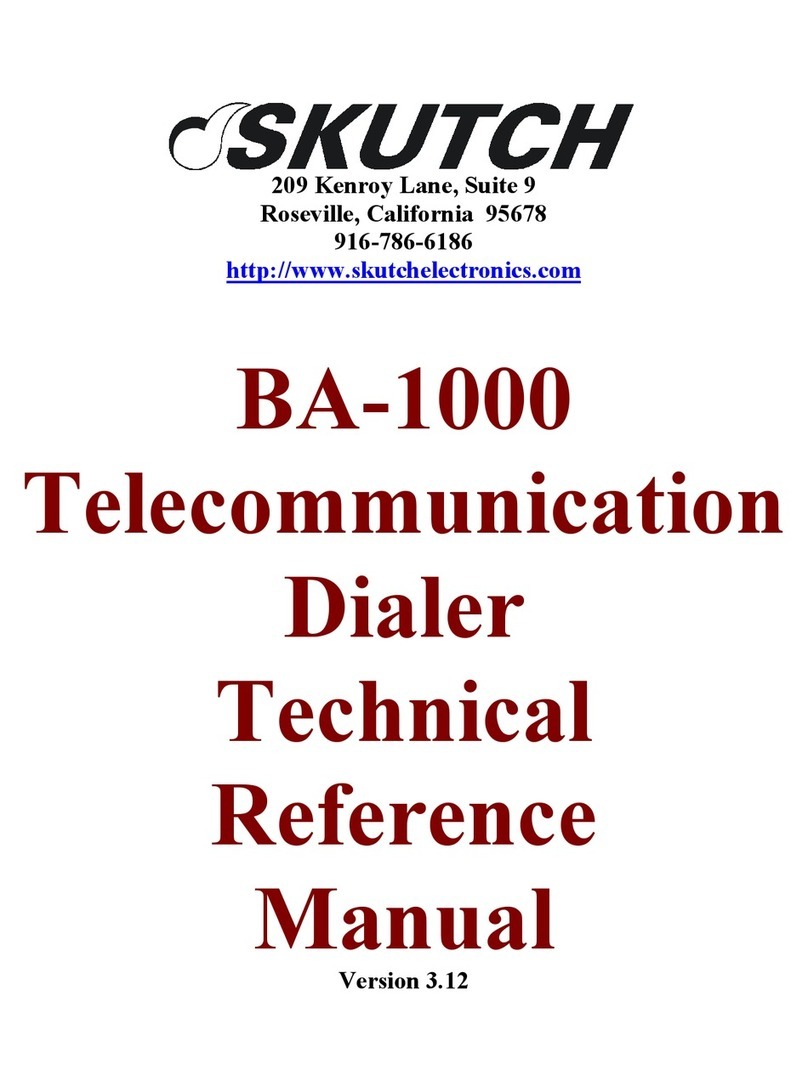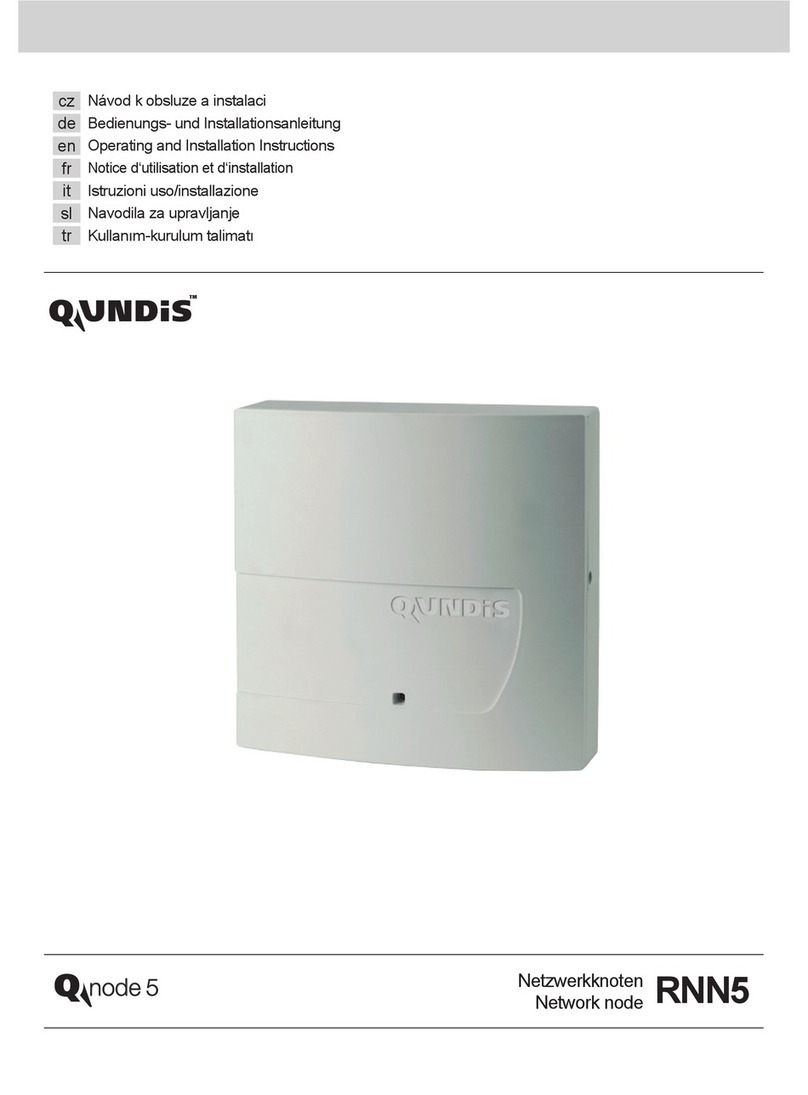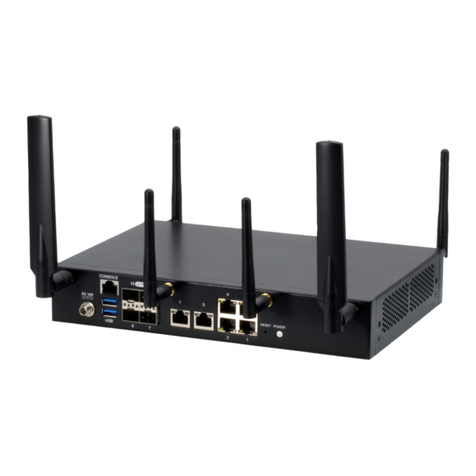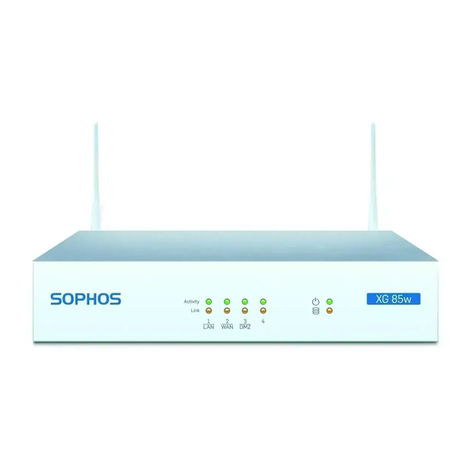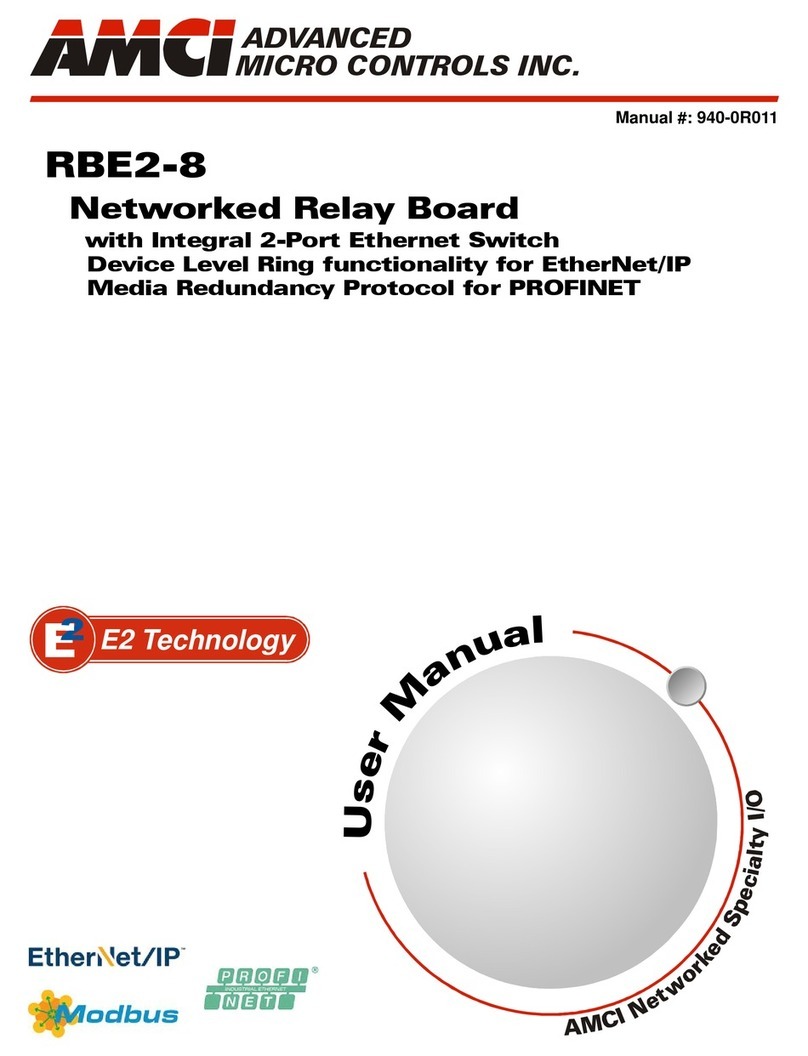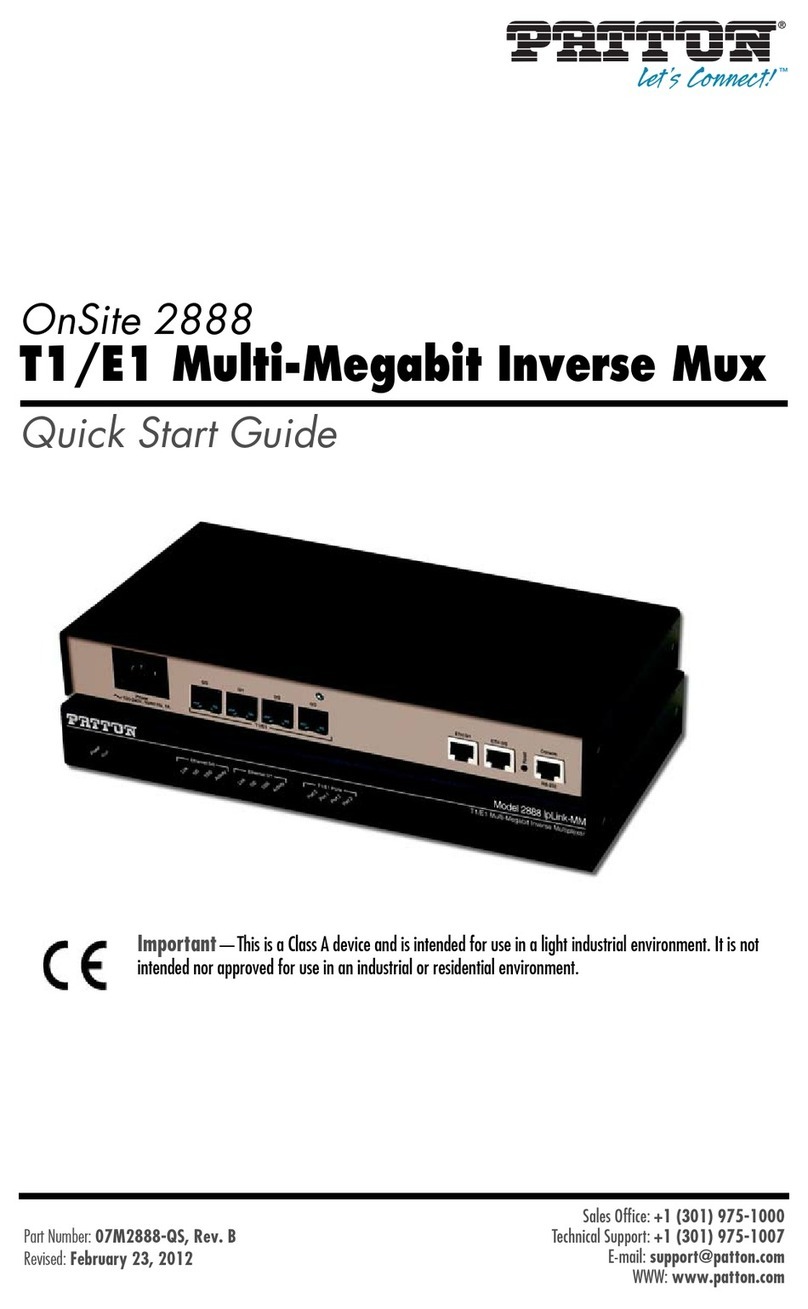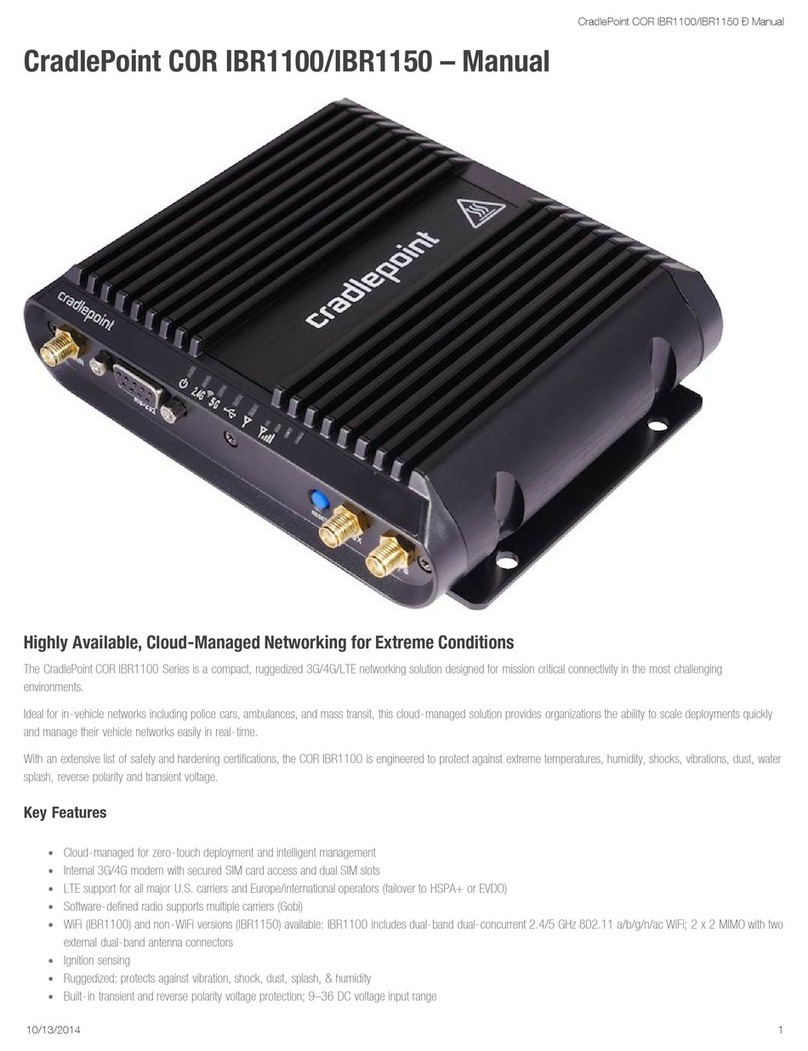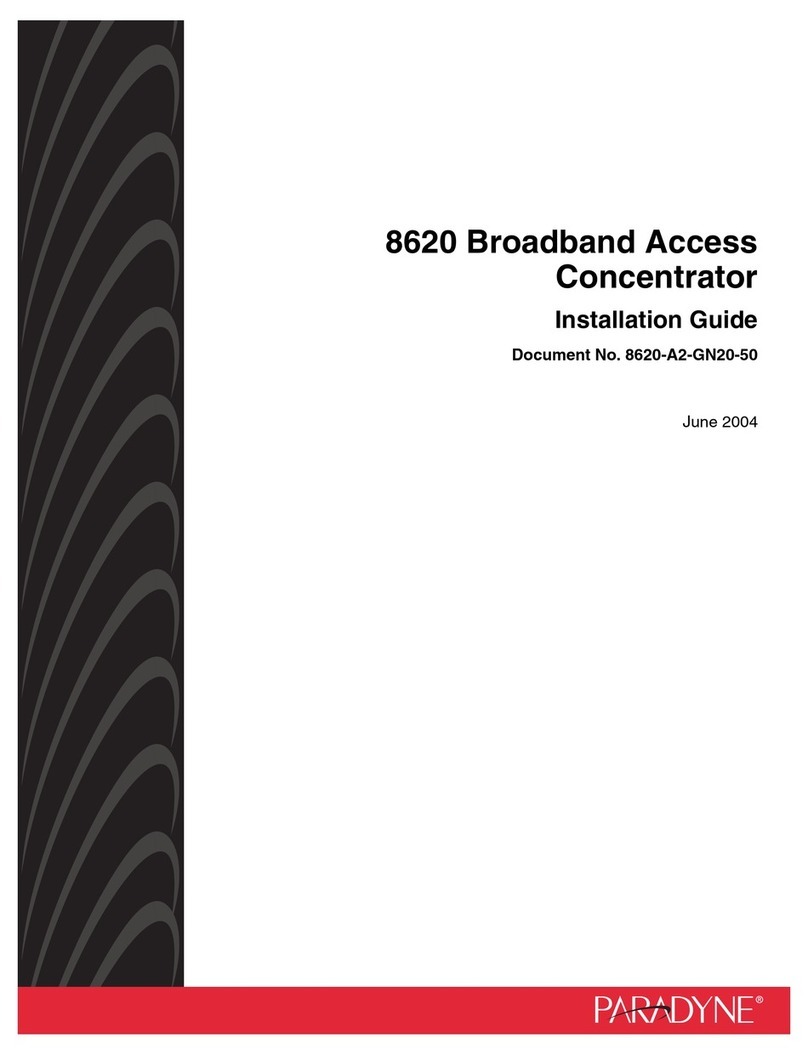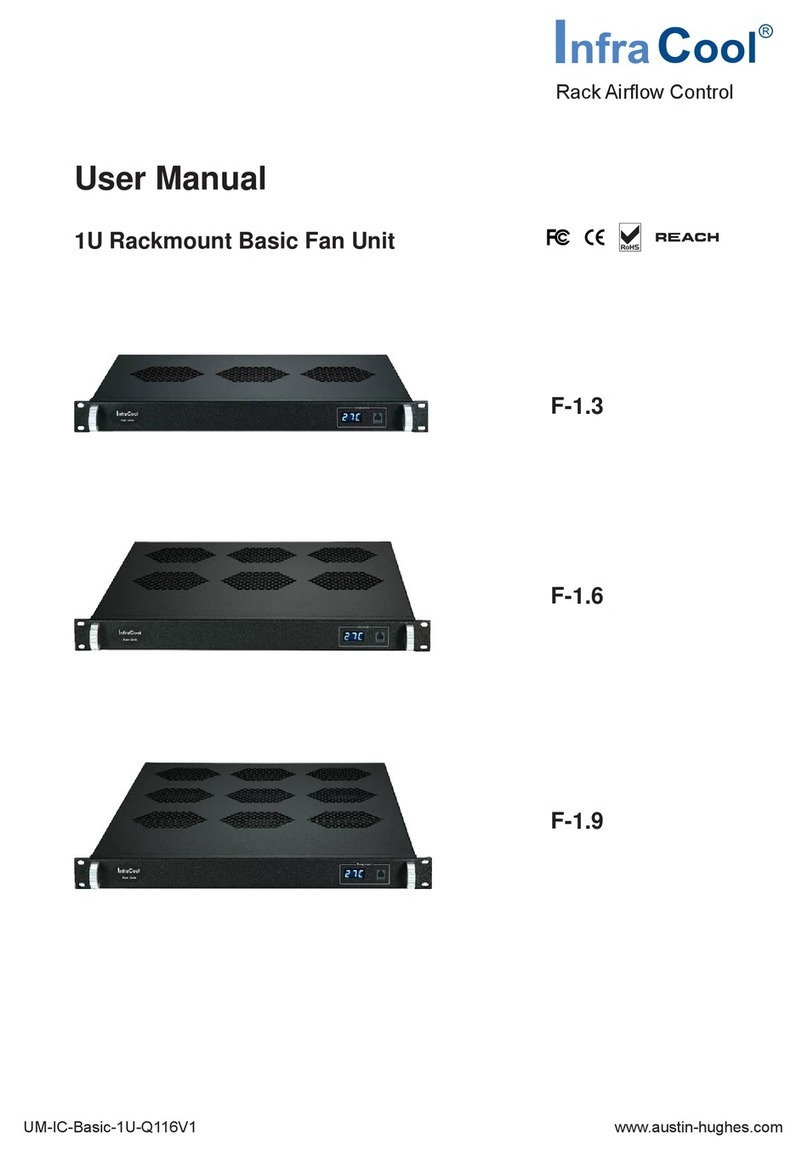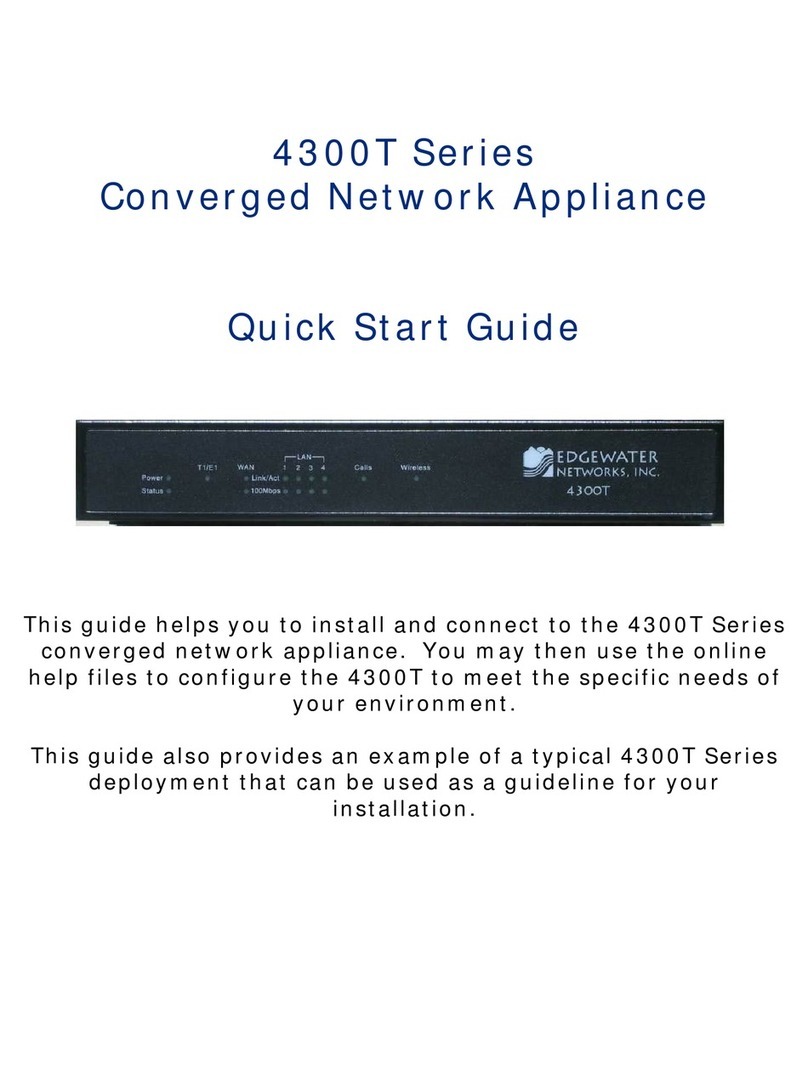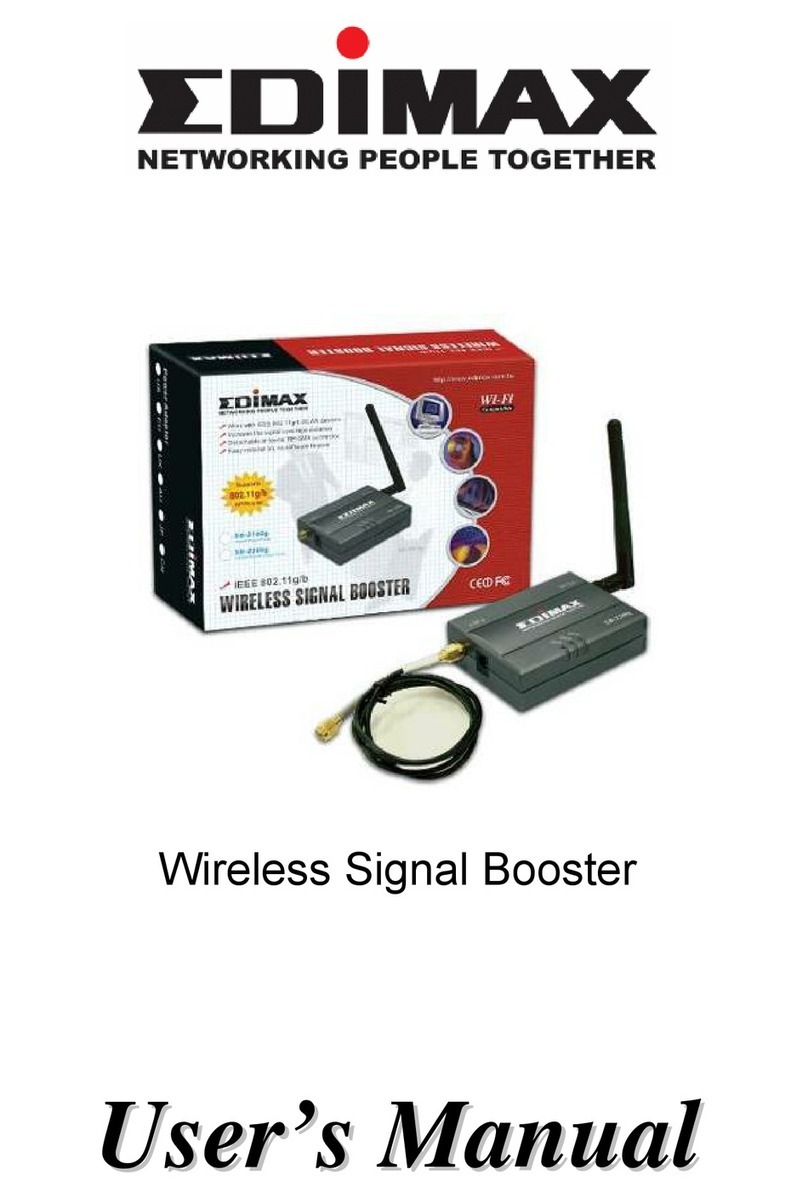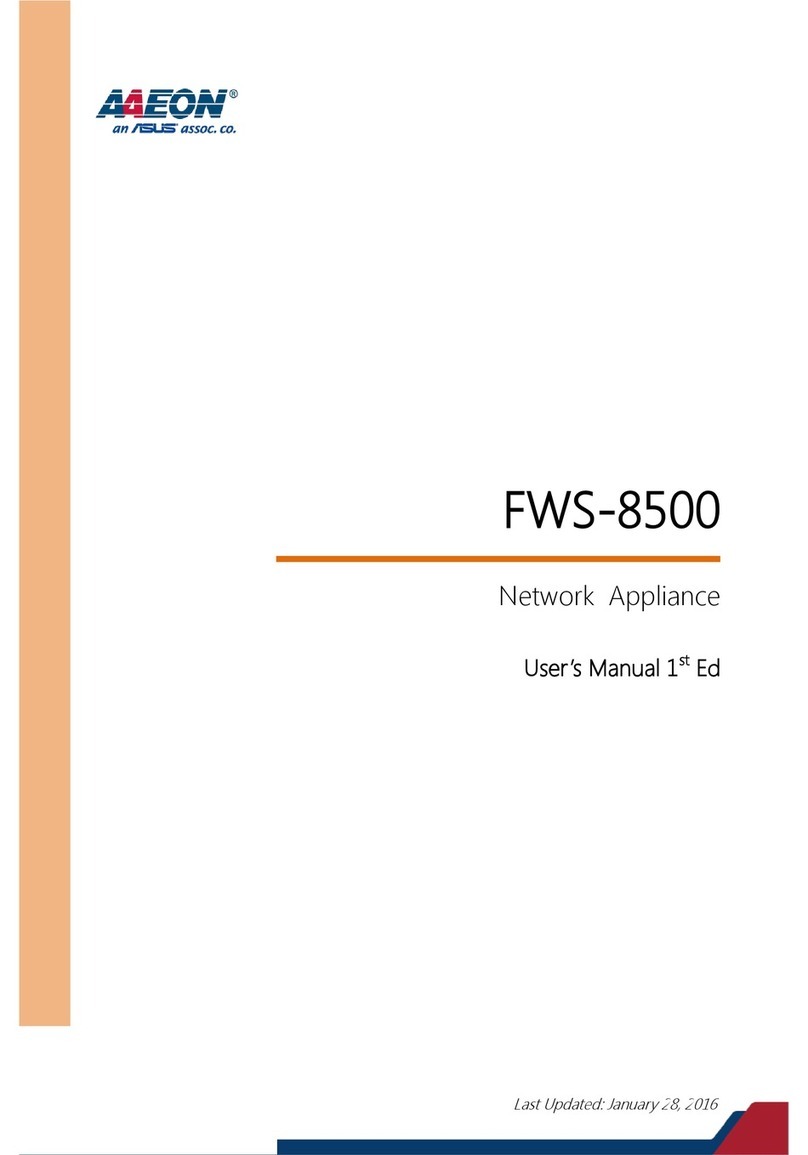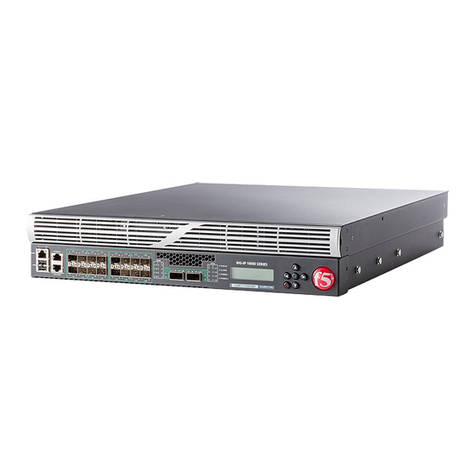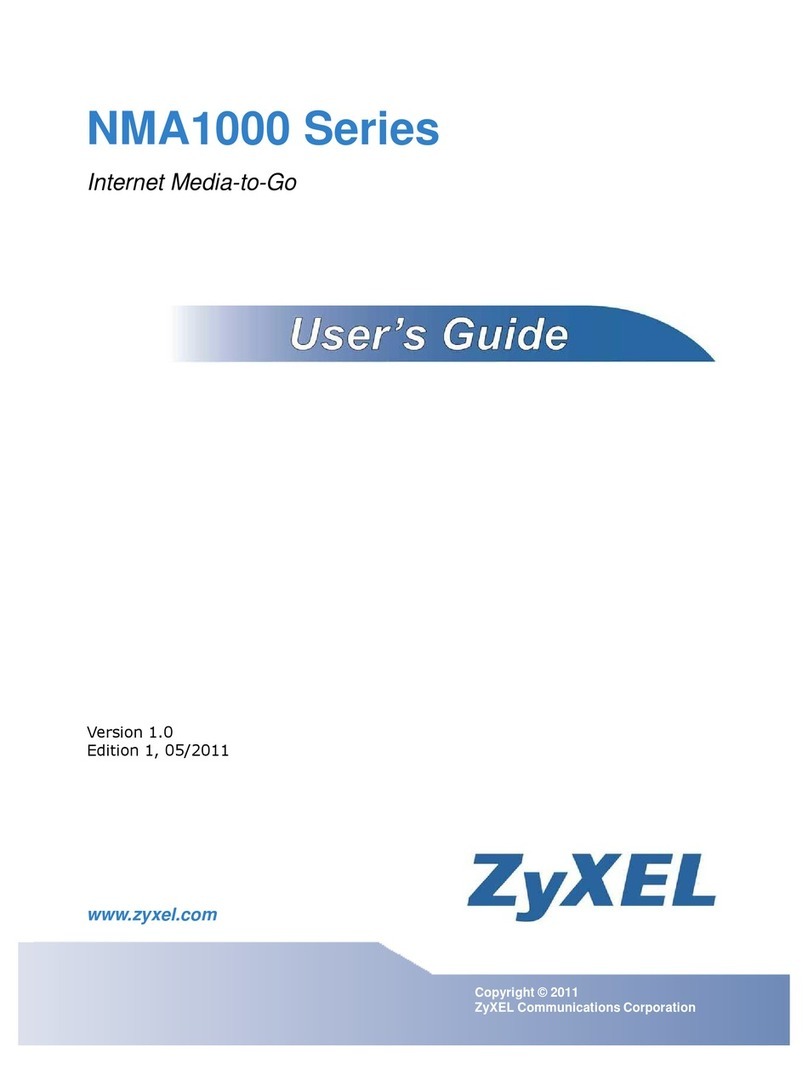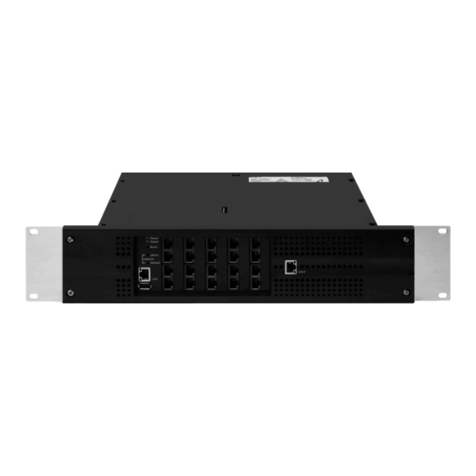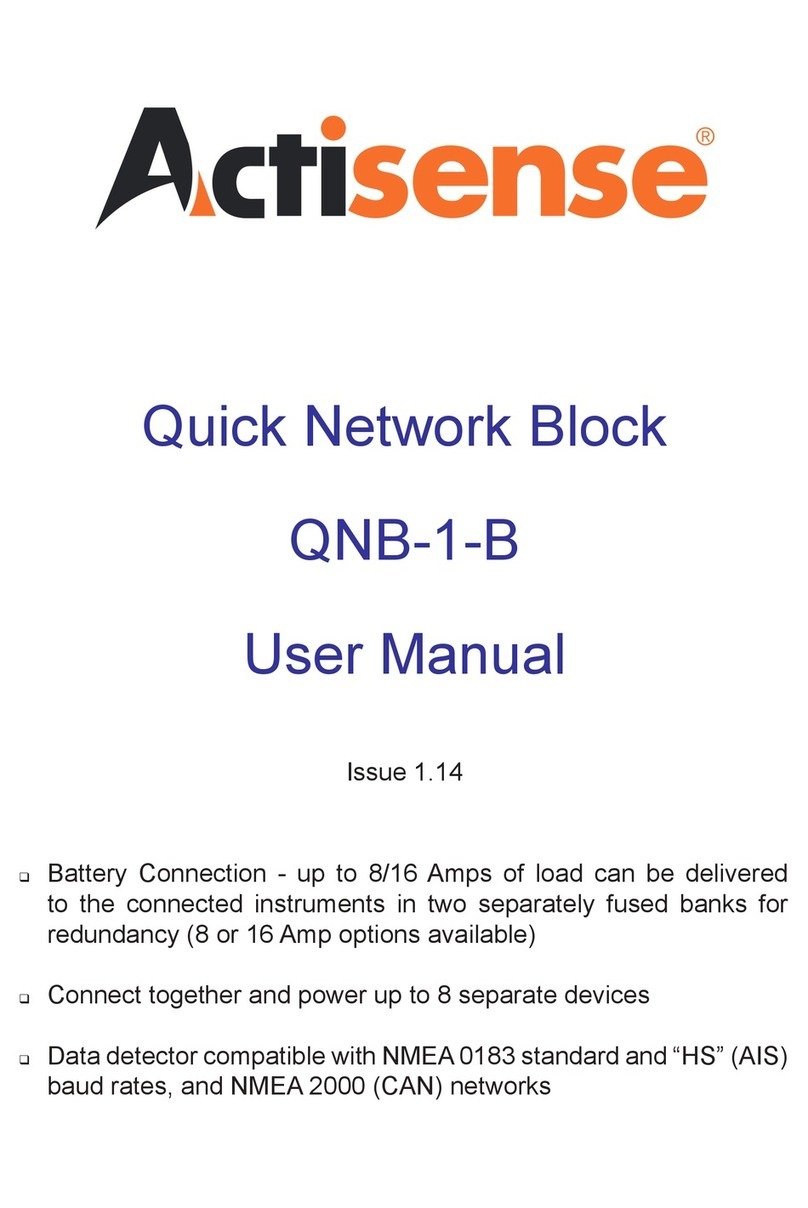
Table of Contents
Sentriant Installation Guide 3
Chapter 1: Introduction.................................................................................................................... 5
Target Audience..........................................................................................................................5
Organization of this Guide............................................................................................................5
Notational Conventions ................................................................................................................5
Typographical Conventions...........................................................................................................6
Regulatory Compliance Information...............................................................................................6
Safety ..................................................................................................................................6
Emissions.............................................................................................................................7
Environmental Operating Conditions........................................................................................9
Power Input Ratings & Power Cord Set ..................................................................................10
Package Dimensions............................................................................................................10
Unit Dimensions .................................................................................................................10
Safety Information...............................................................................................................10
Sicherheitshinweise.............................................................................................................12
Chapter 2: Preparation and Unpacking ........................................................................................... 15
Site Requirements for the Sentriant ............................................................................................15
Unpacking the Sentriant ......................................................................................................15
Verify Contents of the Shipping Container..............................................................................15
Chapter 3: Installation ................................................................................................................... 17
Sentriant Chassis Architecture....................................................................................................17
Physical Description ............................................................................................................17
Front Panel Features ...........................................................................................................17
LED Status Indicators..........................................................................................................18
Back Panel Features............................................................................................................19
Rack Installation.......................................................................................................................19
Rack Ventilation Requirements.............................................................................................20
Installing Chassis Bracket Hardware......................................................................................21
Front-Mount Installation in Four-Post Racks ..........................................................................23
Mid-Mount Installation in Two-Post Racks .............................................................................24
Cabling Instructions ............................................................................................................25
Power Connections ..............................................................................................................25
Chapter 4: Start-Up and Initial Configuration...................................................................................27
Initial Configuration Via the Serial Port........................................................................................27
Power On and System Boot ..................................................................................................27
Installing Sentriant Manager ......................................................................................................34
Running Sentriant Manager..................................................................................................34
Log In to Sentriant Manager .................................................................................................34
Using the On-line Help System.............................................................................................36
Glossary ....................................................................................................................................... 37
Table of Contents
